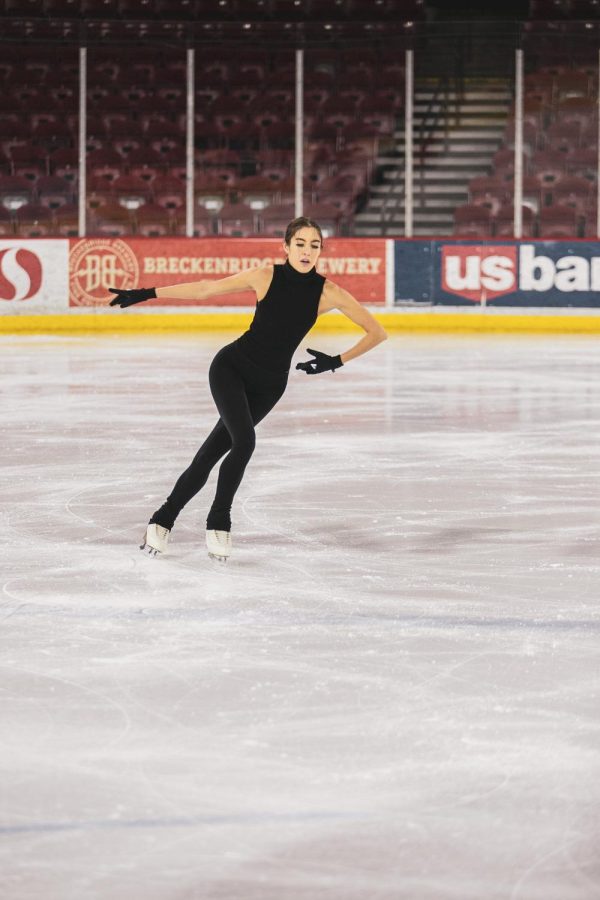The Science Behind Ice Skating
The Science behind Ice Skating.
Ice skating is a cool sport, and so much goes into it. The Science behind Ice Skating is pretty cool too! Ever wondered how it’s possible to skate on such slippery ice? Well, your about to find that out today and as well as many other cool things too!
Ice Skating basically generates off of a skate and the ice. But, there is a relationship between those two. The skates play the role of helping the skate glide, and also push the ice off the edge. That’s simple, so let’s put that in better words. A skate essentially propels itself to be able to push off the ice with a force that is perpendicular to the skate’s blade. The friction of the blade with the ice is almost zero, so this is the only way that the skater can propel themselves forward.
As I talked about before, the relationship between the ice and skate is ideal in order for “Ice Skating” to function. If it hadn’t been for the friction (of the blade and the ice) being zero, Ice Skating would have never been possible. It’s actually pretty interesting, if you think about it. This is the main function that comes into play when ice skating. But there is also another good one to talk about. Momentum is one the one! Momentum is essentially how much force it would take to stop a moving object. So, the more speed that the skater is gaining (meaning that the skater has more momentum) it will be harder for the skater to slow down (when they’d need to).
In conclusion, the science of Ice Skating is pretty brief and is easily understandable. It isn’t as confusing as many people think. The most important thing that was discussed in this article was the physics (friction and momentum).
Related Stories:
- https://learninghypothesis.com/physics-of-ice-skating/
- https://www.real-world-physics-problems.com/physics-of-ice-skating.html
- https://www.smithsonianmag.com/science-nature/how-physics-keeps-figure-skaters-gracefully-aloft-180968051/
- https://www.quora.com/What-is-the-physics-behind-ice-skating-How-is-skating-on-such-a-slippery-surface-possible
- https://www.chemistryislife.com/the-chemistry-of-ice-skating
Take Action:
- Read articles about the Science of Ice Skating.
- Try out Ice Skating yourself, and use this knowledge to help you understand more!
- Do extended research about the science (watch the video!).















